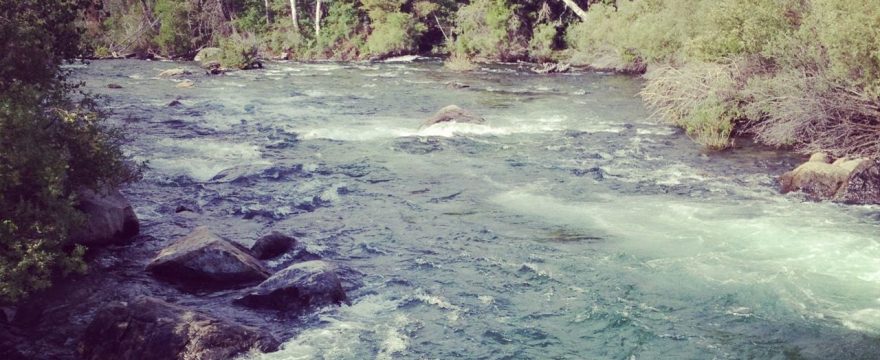In Part 2, I described my medical school experience at NUNM as well as the early days of my clinical practice and life as a small business owner. I also mentioned some of my work with Deepest Health, particularly as a student. As I’ve said more than once, add that to family life and you have a recipe for a very busy life! You can read Part 1 of this series here, and Part 4 here.
In addition to all of that, I was also pursuing a separate professional development avenue – teaching at my alma mater.
While I had a little teaching experience from my Master’s work in Philosophy, nothing could have prepared me for taking on my own class for the first time in 2009 – right after my own graduation.

I was invited to teach a small course – herbs lab – because of some personnel changes at the school. Herbs lab was, and probably continues to be, a very flexible class – adapting to the skillset of the teacher. It is meant to be a companion for the lecture course, but in practice tends to be its own animal. I wanted to make it as sensory as possible – getting real experience with Chinese herbs. The process of developing that class would eventually come the Shennong Relational Herb Learning Method course at Deepest Health. But, it would also be the entry point for a gradually expanding library of courses I taught over the next several years.
Before stepping back to make my transition to the Coast, I was nearly full time at NUNM and was teaching a variety of courses and supervising a clinic shift at a community clinic.
For me, the most significant experience of my tenure at NUNM was the development and subsequent teaching of the acupuncture business curriculum. I was given complete freedom (within accreditation requirements) to create something that would robustly support students as they sought to understand the more practical aspects of what they were learning in school. It was an unprecedented opportunity, and while I still think back at ways I’d have approached it differently, I think what I created was best in class.
Teaching is incredibly valuable to the teacher due to the way it forces one to clarify and articulate one’s knowledge.

This was very true for me. In teaching herbs lab, I was forced to get clearer about my thoughts about Chinese herbs, and figure out ways to communicate that understanding to others. When I helped to develop and teach Clinical Medicine, I was forced to review foundational materials that I’d not looked at for years. Being a clinical supervisor meant I had to review points, techniques and procedures I hadn’t thought about in some time. All of these things helped me to improve my own skillset in the clinic.
In developing and teaching the practice management curriculum at NUNM, I was able to use my own business as a laboratory. I would have a topic coming up for the week, so would begin to research and write about it. Coming across a tool, idea or technique, I’d take that and implement it at WW. I’d watch the results, whenever possible, and then tweak it, replace it, or adopt it as operating procedure! What happened there would make its way back into the NUNM curriculum. A very virtuous cycle.
While my teaching and writing online has skewed far in the direction of Chinese medicine business, I have spent a huge amount of time studying classical Chinese herbalism as well.
Through the Institute of Classics in East Asian Medicine, Classicalchinesemedicine.org and Heiner Fruehauf’s other projects, and fine scholarship from people like Sabine Wilms, Eric Brand and so many others I have been able to continue what was started back in 2005. That study, plus the work in the clinic with my patients, has helped me to get to the point where I feel I can drop acupuncture from my practice and focus on herbalism alone.
We’ll move now to the final part of this epic tale in Part 4.

[…] 2, I looked at my medical school career and the earliest days of Watershed Wellness, my clinic. We took a detour in Part 3 to look at some parallel developments in my teaching and scholarship, but we’ll return to the […]